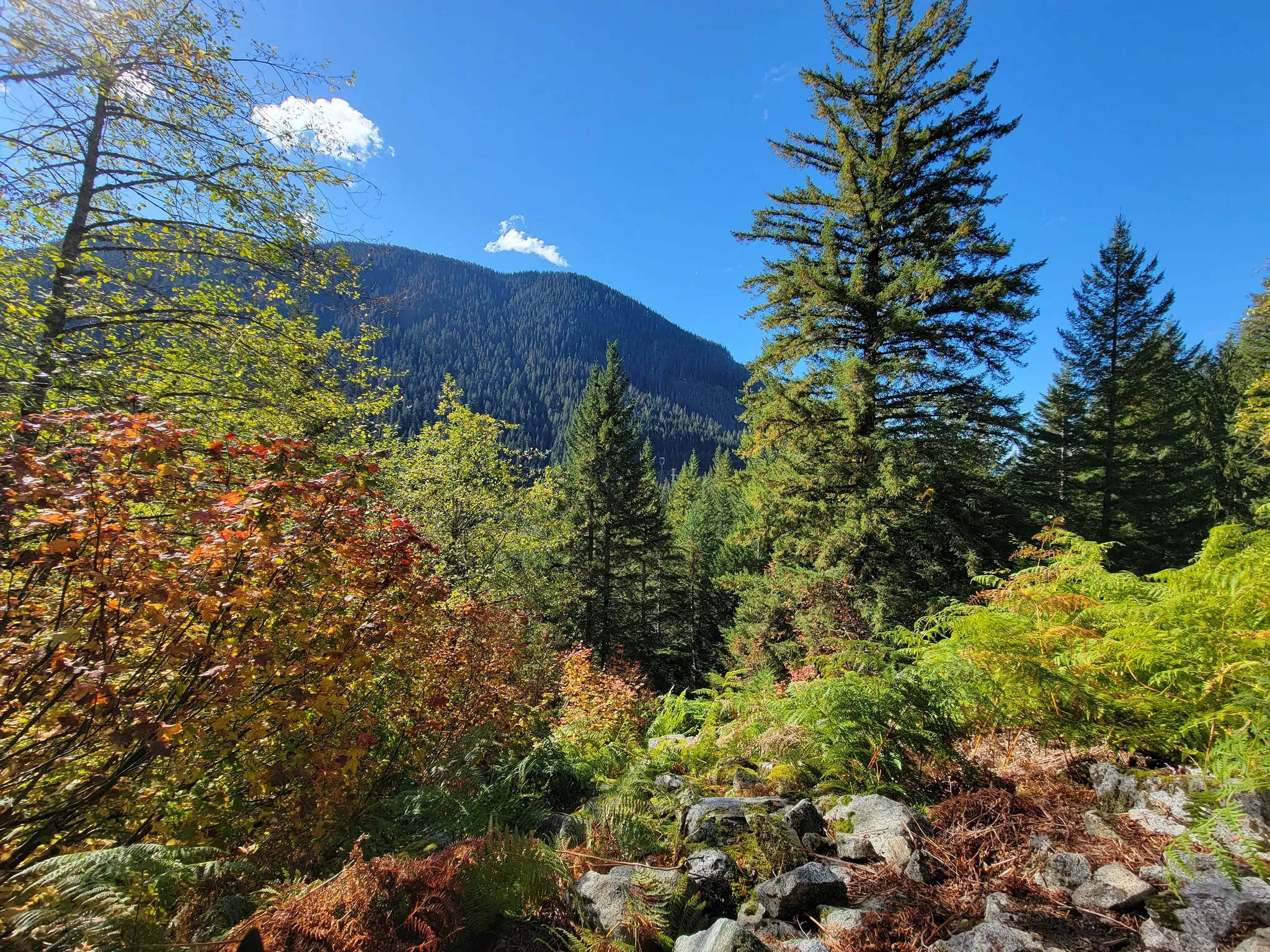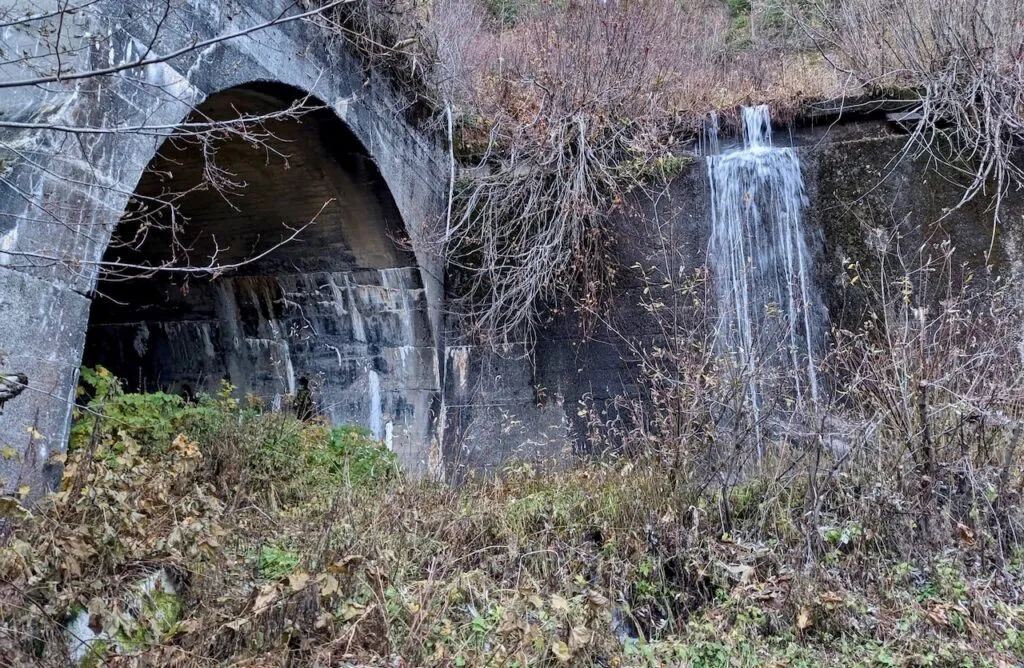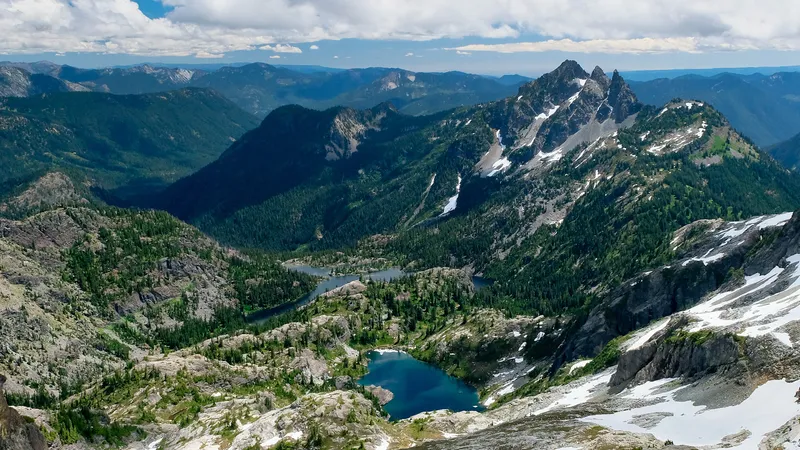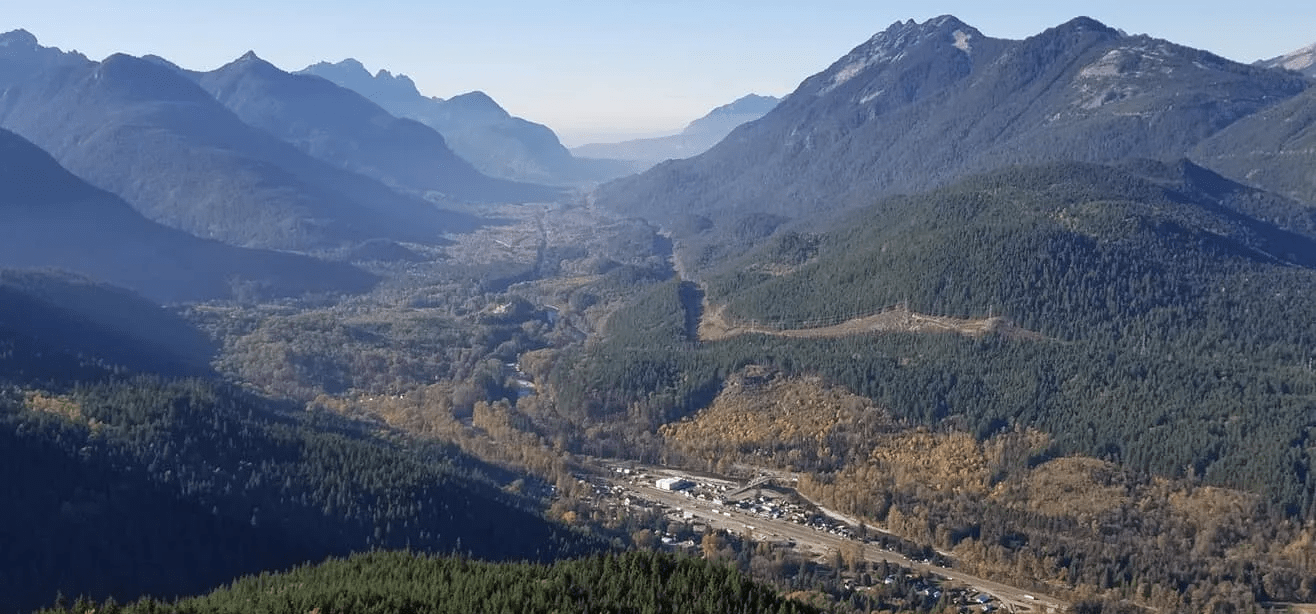The majestic Cascade Mountains form a stunning backbone along the western edge of North America. Many hikers and nature enthusiasts wonder exactly where these magnificent peaks can be explored. The Cascade Mountains extend through three states: Washington, Oregon, and California, creating a dramatic landscape of volcanic peaks and forested slopes that stretch approximately 700 miles from north to south.
This mountain range offers breathtaking views and outdoor adventures in each state it touches. In Washington, visitors can marvel at iconic peaks like Mount Rainier and Mount St. Helens. Oregon features the spectacular Mount Hood and Crater Lake, while Northern California boasts Mount Shasta among its treasures. The Cascades also extend northward into British Columbia, Canada, though most of the range lies within the United States.
Find available hotels and vacation homes instantly. No fees, best rates guaranteed!
Check Availability Now
For those eager to experience the Cascade Mountains firsthand, each state provides unique hiking opportunities. Washington’s Iron Goat Trail offers an especially memorable journey, winding through the western Cascades with stunning mountain views and fascinating railroad history. This historic trail follows the old Great Northern Railway route, giving hikers a chance to connect with both natural beauty and the pioneering spirit that helped shape the Pacific Northwest.
The Cascade Mountains Through the States
The Cascade Mountains create a dramatic spine through Washington, Oregon, and California, featuring stunning volcanic peaks and diverse landscapes. Each state has its own unique section of this impressive mountain range with distinctive features.
Washington’s Majestic Mountains
Washington holds the northern portion of the Cascade Range, featuring some of the most dramatic peaks in the entire mountain chain. Mount Rainier stands as the tallest at 14,411 feet, visible from Seattle on clear days.
The North Cascades region is known for its rugged, glacier-carved terrain, hosting over 300 glaciers. This beautiful wilderness area became North Cascades National Park in 1968, protecting its unique alpine ecosystem.
Mount St. Helens, famous for its catastrophic 1980 eruption, remains an active volcano and a popular destination for hikers and scientists. The mountain’s dramatic transformation serves as a living laboratory for ecological recovery.
Hiking enthusiasts can explore numerous trails through Washington’s Cascades, including the historic Iron Goat Trail which follows an old railway route through beautiful mountain scenery.
Oregon’s Cascade Range
Oregon’s portion of the Cascades creates a clear division between the state’s wet western side and dry eastern regions. Mount Hood, at 11,239 feet, dominates the skyline near Portland and offers year-round skiing opportunities.
The Columbia River Gorge cuts dramatically through the mountains, creating a natural passage with stunning waterfalls and viewpoints. This area features popular hiking destinations and diverse plant communities.
Crater Lake National Park holds Oregon’s most famous volcanic feature – a pristine blue lake filling a collapsed volcano caldera. At 1,943 feet deep, it’s the deepest lake in the United States.
The Three Sisters volcanoes form a distinctive cluster near Bend, with North, Middle, and South Sister standing in a row. These peaks, along with Mount Bachelor, make this area a popular recreation destination for skiing, hiking, and mountain biking.
California’s Northern Peaks
California claims the southern section of the Cascade Range, which extends into the northern part of the state. Two major volcanic peaks dominate this region: Mount Shasta and Lassen Peak.
Mount Shasta rises dramatically to 14,179 feet, standing as a solitary giant visible from miles away. This massive volcano is considered potentially active and attracts climbers, spiritual seekers, and nature lovers year-round.
Lassen Peak, the southernmost major Cascade volcano, erupted dramatically between 1914 and 1917. Today, Lassen Volcanic National Park showcases the mountain’s volcanic features including steaming fumaroles, mud pots, and hot springs.
The California Cascades transition into the Sierra Nevada range further south, creating diverse ecological zones. This region receives significant snowfall, feeding important watersheds that supply water to much of the state.
Significant Features and Attractions
The Cascade Mountains boast remarkable natural wonders that draw millions of visitors each year. These features showcase the region’s volcanic history and stunning landscapes that make this mountain range truly special.
Volcanic Marvels
The Cascade Range is part of the Pacific Ring of Fire, featuring numerous active and dormant volcanoes. Mount Rainier, standing at 14,411 feet, is the tallest peak and contains over 25 glaciers on its slopes. Its massive size creates its own weather systems and ecosystems.
Mount St. Helens provides a dramatic reminder of the range’s volcanic power. The 1980 eruption transformed the landscape and remains visible today. Visitors can explore the volcano’s recovery at numerous viewpoints.
Crater Lake in Oregon formed when Mount Mazama collapsed after a massive eruption 7,700 years ago. Its striking blue waters reach nearly 2,000 feet deep, making it the deepest lake in the United States.
The Cascade Mountains feature hundreds of waterfalls, including the spectacular Multnomah Falls in the Columbia River Gorge.
Hiking enthusiasts enjoy the Pacific Crest Trail, which winds through the range. For those seeking shorter adventures, the Iron Goat Trail near Stevens Pass combines natural beauty with railway history while showcasing the mountains’ majestic scenery.
Find available hotels and vacation homes instantly. No fees, best rates guaranteed!
Check Availability Now




